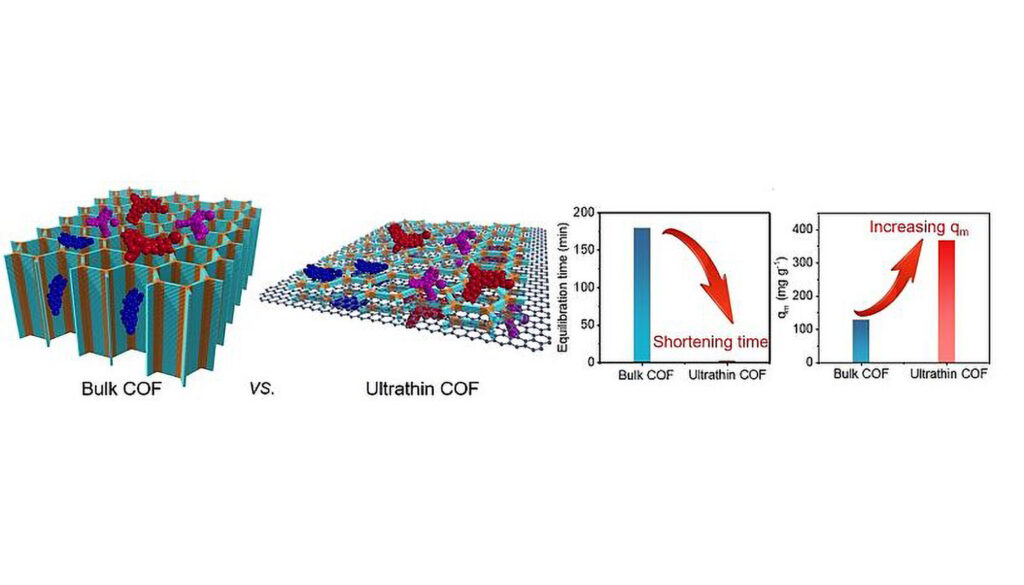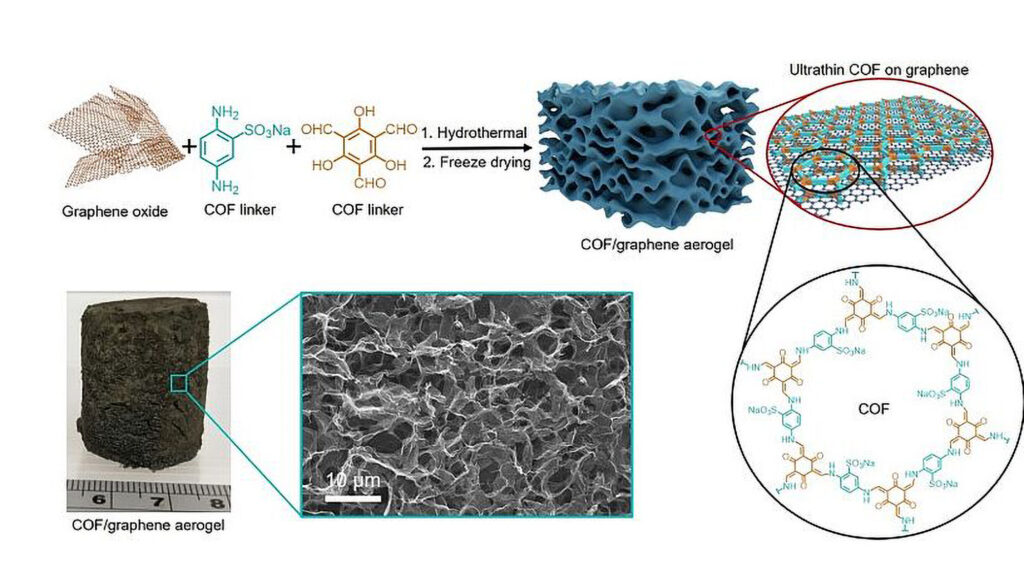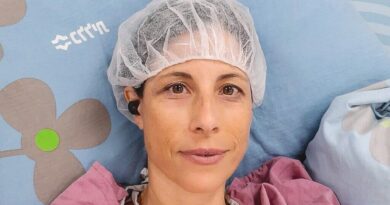WASH AND LEARN: Scientists Invent Nano Sponges To Scrub Pollutants From Water
A research team has created nano sponges that can effectively filter organic pollutants from water.
Researchers Changxia Li and Freddy Kleitz from the Faculty of Chemistry at the University of Vienna in Austria built their own material for the filters.
Using a combination of a highly porous covalent organic framework (COF) and graphene they found they could effectively scrub pollutants away.

The new material is efficient in filtering organic pollutants, such as organic dyes, which are usually soluble in water, non-degradable and sometimes even carcinogenic, as reported by the university on August 1, 2022.
The first author of the study and postdoctoral scientist, Changxia Li reported: “There are various ways today, including activated carbon filters, to purify water, but there is still room for improvement in terms of the efficiency or adsorption capacity of the applications.”
According to a university statement, porous materials have a much larger total surface area in comparison to non-porous ones, and can consequently attach particularly large numbers of molecules to the surfaces during adsorption.
COF which are a novel class of particularly porous materials, are furthermore characterized by low density and low weight.
The researchers reported: “We have developed a method to form COF in a comparatively environmentally friendly way using water and were able to use it to design small ‘sponges’ with special pore sizes and pore shapes in the nanometer range as well as a coordinated negative surface charge that very selectively attracts the positively charged target molecules, i.e. our dyes, from the water.
“Just like the sponge absorbs the water, only here it’s the pollutants.”

According to the researchers when using COF powder, the inner pores of the material are no longer available to the pollutants as the outer edge pores are clogged, particularly with large pollutant molecules.
The university stated: “The novel composite material developed offers a consistently permeable structure: To do this, the researchers grew COF on thin nano-layers of graphene.
“The combination of graphene – in itself a 2D layer of carbon atoms – and the up to two nanometer thick layer of COF resulted in a compact, open 3D structure.
“The ultra-thin COF layer could expose more adsorption sites than the loose COF powder.”
In addition, the researchers said: “The large pores of the graphene network in combination with the ultra-thin COF layer and its large number of adsorption sites therefore enable particularly fast and efficient wastewater treatment.”
The relatively small amount of material necessary for graphene and the prospect of reusing the composite material as a filter makes the development of these nano sponges rather inexpensive.
The study was published in the weekly peer-reviewed scientific journal “Angewandte Chemie”.



